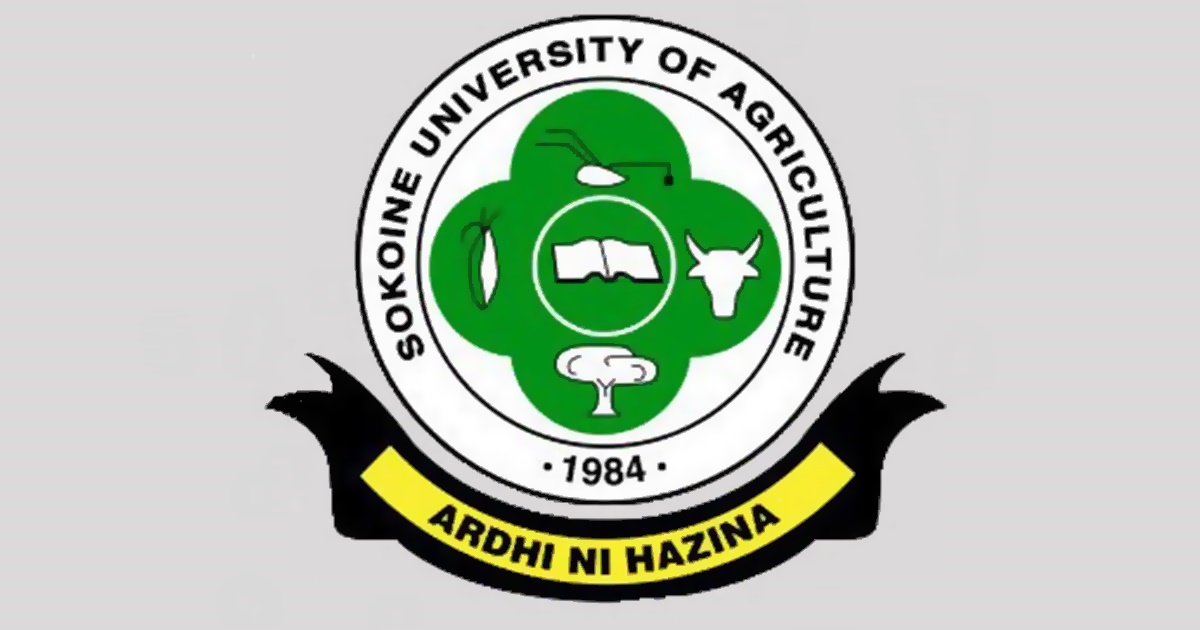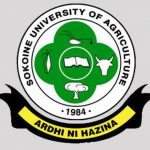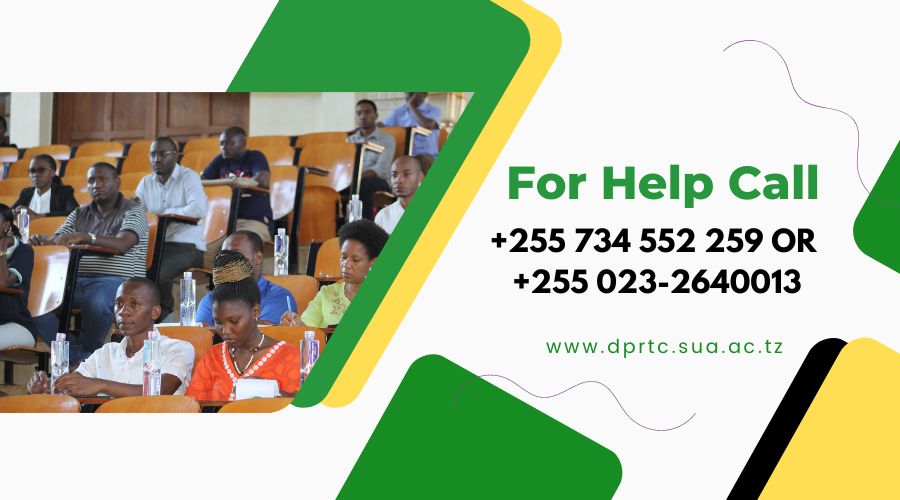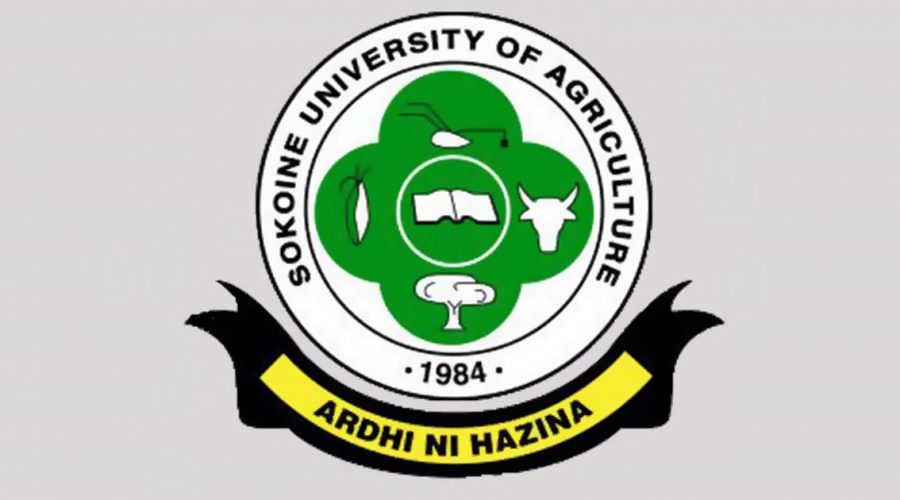Candidate: Peter Onauphoo Siyao
Peter Onauphoo Siyao (BA Hons & MA- LIS UDSM) is an Academic Librarian at Mzumbe University since 2006. He registered for PhD programme at the Sokoine University of Agriculture in the Department of Information and Records Studies of Sokoine National Agricultural Library in December 2015.
Thesis Title: Role of newspapers in the dissemination of climate change information in Tanzania
Supervisors:
- Prof. A. Sife
- Dr. W. Mtega
Date and Time: 15 April, 2021; 09:00 hrs
Venue: Postgraduate Seminar Room
Mode: Face-to face
Panelist Team
- C. P. Mahonge (Chairperson).
- A.A. M. Kyaruzi (Internal Examiner).
- W. Mtega (Supervisor)
- F. Dulle (Appointee of the Director).
- N. Mwalukasa (Appointee of the Head and Secretary)
Summary of the Thesis
Newspapers make an important communication channel for disseminating many kinds of information. However, there are concerns in many developing countries such as Tanzania that important developmental topics such as climate change are not often given adequate coverage and prominence; instead much attention is paid to topics such as politics, entertainments, crimes, and advertisements.
This study established the coverage of climate change information in Tanzanian newspapers. Specifically, it sought to determine the frequency of reportage given to climate change information in Tanzanian newspapers, determine the level of prominence given to climate change information by Tanzanian newspapers, establish the sources of information used by newspaper journalists to obtain climate change information, and assess the use of newspapers in accessing climate change information by selected peri-urban newspaper readers in Tanzania. Quantitative data were collected through content analysis and survey whereas qualitative data were collected through key informants. The sample size of the study was 1,600 newspaper editions, 44 newspaper journalists, and 153 peri-urban newspaper readers. Purposive sampling technique was used to select newspapers, regions, and key informants. Systematic and simple random sampling techniques were used to obtain newspaper editions and journalists. Snowball sampling technique was used to select peri-urban newspaper readers. Quantitative data were analysed using SPSS Version 20 whereas qualitative data were analysed using content analysis.
This thesis was developed in paper format. The first paper analysed the level of attention given to climate change information by Tanzanian newspapers. The results indicate that Tanzanian newspapers had very few (684; 0.84%) articles on climate change giving yearly average of 68.4 articles. The Chi-square test indicates a significant difference at 5 percent level of significance (chi-square = 21,765, p-value < 2.2e _16) between the level of coverage of climate change articles and that of other topics in the selected newspapers. These findings suggest that Tanzanian newspapers do not pay adequate attention to climate change issues.
The second paper analysed the level of prominence given to climate change information by Tanzanian newspapers. The findings indicate that of the 684 climate change information articles published in 10 years, only 53 (7.6%) articles appeared on the front pages of the six Tanzanian newspapers , giving yearly average of five articles for all newspapers and only one article for each newspaper per year. Chi-square test shows a statistical significance at 5 percent level (chi-square = 10.000; p-value<0.002) between placement of articles on the front and inside pages. These findings suggest that climate change information in Tanzanian newspapers is not given the required level of prominence.
The third paper assessed information sources used by Tanzanian newspaper journalists to collect climate change information. The findings indicate that 64.0 percent of climate change experts and 34.1 percent of daily events were the main sources of climate change information consulted by newspaper journalists in Tanzania. Other sources of information were less consulted. These include libraries and information centres (2.3%); brochures, magazines, and bulletins (5.6%); journals (11.4%), books (14%), and websites (22.7%). Challenges such as abiding by journalistic norms to balance news in climate change (91%), low motivation (77.30%), lack of interest on climate change (75%), financial constraints (68.20%), lack of awareness on the available sources of information (63.64%) and limited knowledge on climate change (61.36%) prevented newspaper journalists from seeking and reporting climate change information.
The fourth paper assessed the use of newspapers by peri-urban newspaper readers in accessing climate change information. The findings show that newspapers (65%) are important sources used by peri-urban newspaper readers to access climate change information. Peri-urban newspaper readers experienced challenges such as inadequate coverage of climate change information (87%), unreliability of climate change information (84%), low prominence attached to climate change information (82%), cost barriers (78%), lack of community information centres and public libraries (73%) in peri-urban areas. These were reported as constraints that impeded newspapers from accessing climate change information.
In view of the foregoing findings, it is concluded that coverage of climate change information in Tanzanian newspapers is very low. This is reflected by the few number of climate change articles in these newspapers. Similarly, the level of prominence attached to climate change articles is very low. This means that Tanzanian newspapers have not adequately played their role of reporting developmental issues including climate change. Increased coverage of climate change information in Tanzanian newspapers is necessary for the government and general public to direct their efforts to climate change adaptation, coping, and mitigation strategies. Furthermore, newspaper journalists prefer to consult interactive sources to obtain climate change information because they allow a two-way flow of information, they are easily accessible, and they use and provide instant responses. Likewise, climate change information consumers prefer to use newspapers written in a language, which is understood by majority of readers and which have high news coverage and circulation.
The following recommendations are made:
(i)Government and private media houses should formulate and introduce guidelines and policies of ensuring that the levels of coverage and prominence of developmental issues including climate change information in Tanzanian newspapers are increased.
(ii)Government, private newspaper media houses, climate change researchers, organisations involved in the fight against climate change, and journalism colleges should collaborate and devise strategies aimed at building capacity to newspaper editors, journalists, and reporters of dealing with climate change information. This can be achieved by introducing climate change journalism course which will in turn lead to the acquisition of specialised skills and knowledge in writing and reporting evidence based scientific developmental issues findings including climate change in the print media such as newspapers.
(iii)Newspaper media houses should overcome barriers that impede coverage and reportage of climate change information. One way of overcoming such barriers include the provision of adequate financial resources to newspaper journalists which will help them acquire necessary resources including ICTs and for meeting other necessary expenses such as travel and accommodation which in turn will enable them to participate in research works for increasing coverage of climate change information in the newspapers.
(iv)Climate change information generators such as TMA should repackage and disseminate reliable climate change forecast that meets the needs of the public through popular newspapers with national status.
(v)National and local government authorities should provide adequate financial support to public libraries in establishing community information resource centres in peri-urban areas for enabling newspaper readers to access developmental information particularly climate change through Tanzanian newspapers at no or minimal costs.
Attendance
For members of the general public (including non-panel individuals) who are interested to attend/follow the Viva voce examination virtually, Join Zoom Meeting using the link below link






